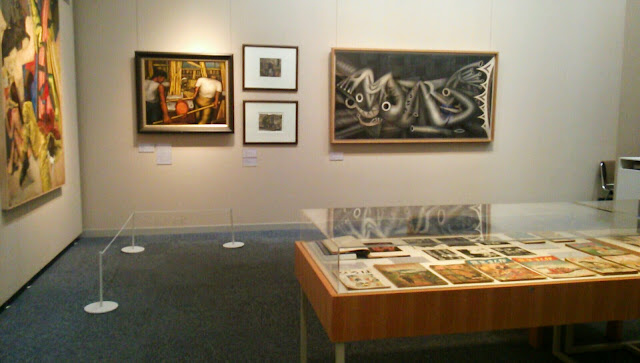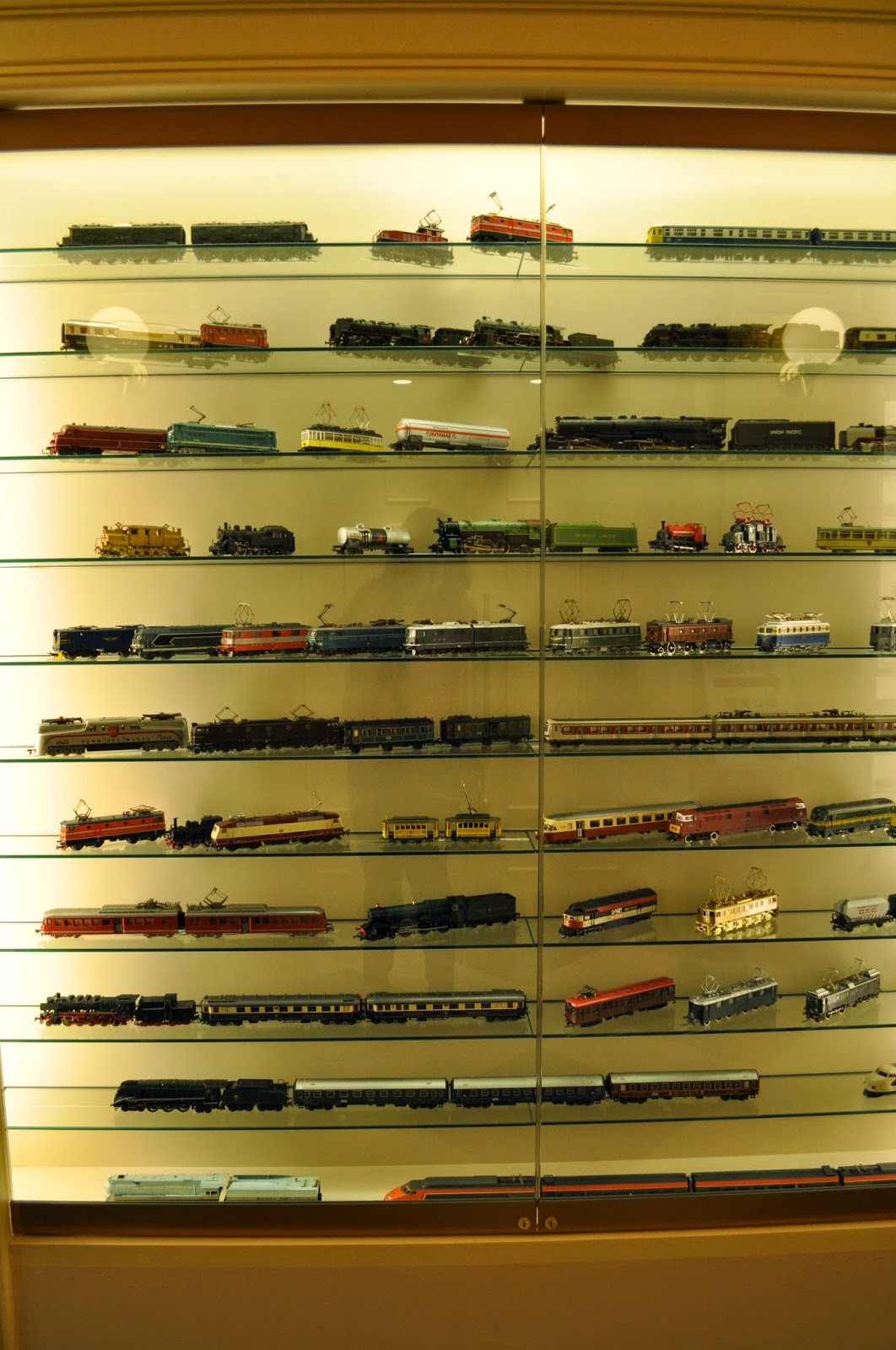Entering the museum.
About two weeks back, little dude and I took a trip down to Yokohama for the day. The main aim of our visit was to pick up a book I needed, but as a bonus we hit up the
Hara Model Rail Museum. This museum, opened about two years ago, was a tour de force of all things model trains. Of course, it was little dude's dream come true. I thought we'd spend about two hours there. Instead, we closed the museum out after nearly five hours of train gazing. It was just that cool.
Someone can hardly contain their excitement.
The museum is the result of Hara Nobutaro's life long love of model trains. Mr. Hara, who is still around at age 95, collected and created what is believed to be the world's largest single collection of model trains. What was truly remarkable about this lovely museum and collection though, is that he not only collected an astounding amount of train paraphernalia from around the world, but he also customized the model trains, making them more authentic reproductions of the real trains they imitate. For example, he switched the power to be drawn from the overhead lines, as in real life (but not in most models), and he changed the chassis of the model trains to closer recreate the sway and rhythmic click of full-scale trains. The attention to detail in his models was truly beyond compare.
One of the main exhibit rooms.
Gazing at the trains.
One of many beautiful models.
Vintage model suspension railway from Germany.
ALL THE TRAINS.
Of course the best part came at the end with the working models. In the course of the many hours we spent at the museum, the staff introduced different model trains to the model set; each would appear in photograph form on one of the large screens accompanied by data about the train, and then would make its appearance on the rails. It was a beautifully crafted set, with a high level of wonderfully crafted detail. The room went through cycles of light and dark, and little dude wore himself out running back and forth watching the trains.
Part of the model set.
The roundhouse in the main set.
There was also a smaller set that replicated the city of Yokohama, and my former stomping grounds of Minato Mirai, also where little dude was born! This was a definite highlight for me- to watch as the Keihintohoku-sen pulled out of Sakuragicho eki, and as the lights of the Pacifico building changed throughout the simulated day and evening.
Minato Mirai!
Sakuragicho-eki, complete with Bubby's Pies!
Minato Mirai ground level view.
Trains passing through.
Evening in Yokohama.
More train memorabilia.
A model of Mr. Hara's workshop as rebuilt in the museum.
A parting shot of the central model. Amazing!

















































